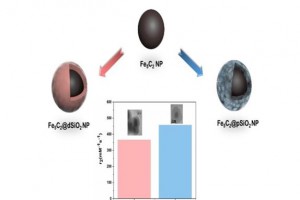Brain activity during translation: A review of the neuroimaging evidence as a testing ground for clinically-based hypotheses
Translating is a concomitant of bilingualism. As linguistic and cultural diversities expansion in societies goes beyond the borders of countries, Translation can be a good way to interact.
Brain activity during translation: A review of the neuroimaging evidence as a testing ground for clinically-based hypotheses
Translating is a concomitant of bilingualism. As linguistic and cultural diversities expansion in societies goes beyond the borders of countries, Translation can be a good way to interact. This paper reviews nine neuroimaging researches on translation by EEG, ERP, fMRI, fNIRcws, PET and direct electrostimulation. The results analyzed in the light of six clinical hypotheses on neurofunctional organization and neuroanatomical location of translation routes. In spite of inconclusiveness of data they indicate that different neural substrates play role in translation depending on the type on source unit-words, sentences, suprasentential texts and direction of translation. Left hemisphere is dominantly active in translation of all units. Broca’s area seems to be active in all translation tasks and there are no regions have been known which are exclusive in translation tasks.
Nine neuroimaging studies on translation have been reviewed and used to test six clinically-based hypotheses. Their results are inconclusive and, in several aspects, inconsistent. However, their joint analysis reveals a number of broad patterns which are compatible with the hypotheses in question.
In particular, which specific neural substrates are involved in translation seems to depend on the nature of the source unit –words, sentences, supra-sentential texts– and the direction of translation.
The LH is either predominantly or exclusively involved in the translation of all three types of units, irrespective of direction. Within the LH, Broca’s area seems to play a role in all translation tasks. However, no specific cortical or subcortical regions have been identified which are exclusive to translation processes. Further research is required to firmly test the neurofunctional and neuroanatomical hypotheses on translation derived from clinical data.
https://www.sciencedirect.com/science/article/abs/pii/S0911604412000887





Related Posts